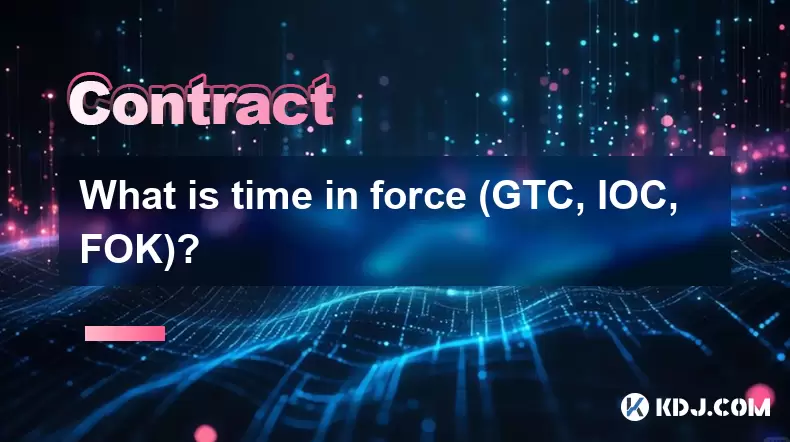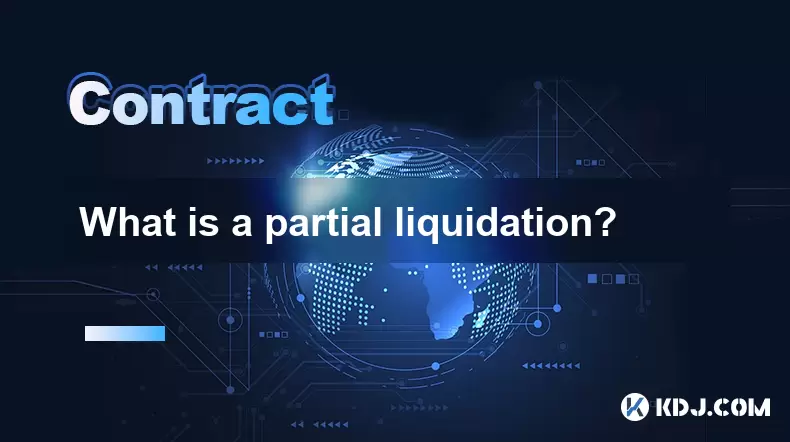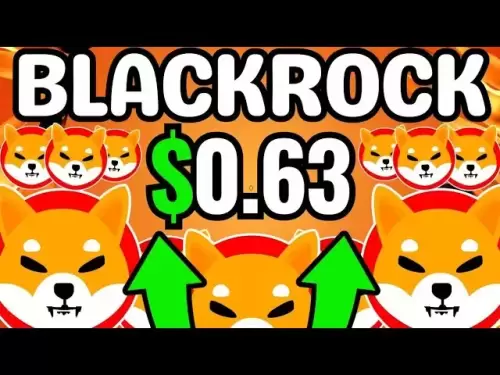-
 Bitcoin
Bitcoin $117700
-0.20% -
 Ethereum
Ethereum $3587
1.19% -
 XRP
XRP $3.422
-0.97% -
 Tether USDt
Tether USDt $1.000
-0.02% -
 BNB
BNB $733.3
0.69% -
 Solana
Solana $177.3
0.36% -
 USDC
USDC $0.9998
-0.01% -
 Dogecoin
Dogecoin $0.2446
1.42% -
 TRON
TRON $0.3183
-2.35% -
 Cardano
Cardano $0.8262
1.07% -
 Hyperliquid
Hyperliquid $44.37
-0.24% -
 Stellar
Stellar $0.4597
-0.87% -
 Sui
Sui $3.841
2.27% -
 Chainlink
Chainlink $18.44
3.20% -
 Hedera
Hedera $0.2658
1.54% -
 Bitcoin Cash
Bitcoin Cash $518.2
0.50% -
 Avalanche
Avalanche $24.38
4.08% -
 Shiba Inu
Shiba Inu $0.00001491
1.30% -
 Litecoin
Litecoin $112.7
10.87% -
 UNUS SED LEO
UNUS SED LEO $8.991
0.16% -
 Toncoin
Toncoin $3.183
-0.13% -
 Polkadot
Polkadot $4.377
3.56% -
 Uniswap
Uniswap $10.16
1.35% -
 Monero
Monero $325.1
2.08% -
 Ethena USDe
Ethena USDe $1.001
-0.01% -
 Bitget Token
Bitget Token $4.922
0.29% -
 Pepe
Pepe $0.00001343
3.62% -
 Dai
Dai $0.9999
-0.01% -
 Aave
Aave $319.5
-0.89% -
 Bittensor
Bittensor $416.3
1.23%
How to create an ERC20 token?
Learn how to create and deploy your own ERC20 token on Ethereum using Solidity, OpenZeppelin, and tools like Truffle or Remix IDE.
Jul 20, 2025 at 12:00 am

Understanding the Basics of ERC20 Tokens
ERC20 stands for Ethereum Request for Comments 20, which is a technical standard used for smart contracts on the Ethereum blockchain for implementing tokens. These tokens can represent assets such as fungible currencies, shares, or points. The standard defines a common list of rules that every ERC20 token must follow, ensuring compatibility across different platforms and wallets. Before proceeding to create an ERC20 token, it is essential to understand the functions and events that the standard requires, such as totalSupply, balanceOf, transfer, transferFrom, approve, and allowance.
Setting Up the Development Environment
To create an ERC20 token, you'll need to set up a development environment. This involves installing the necessary tools and frameworks. Solidity, the primary language for Ethereum smart contracts, is essential. You can use Remix IDE, a browser-based IDE, for quick development. Alternatively, you can install Truffle, a popular Ethereum development framework, and Ganache, a personal blockchain for Ethereum development.
- Install Node.js and npm
- Use npm to install Truffle globally:
npm install -g truffle - Install Ganache from the official website
- Set up a code editor like Visual Studio Code
Ensure that you have a working knowledge of JavaScript and Solidity syntax to write and deploy the contract successfully.
Writing the ERC20 Token Smart Contract
Once your environment is ready, you can begin writing the smart contract. Start by importing the OpenZeppelin library, which provides secure and tested implementations of ERC20 tokens.
- Import the ERC20.sol contract from OpenZeppelin
- Define your token’s name, symbol, and decimal places
- Use the
constructorfunction to initialize the total supply and assign it to the deployer
Here’s a basic structure:
pragma solidity ^0.8.0;import "@openzeppelin/contracts/token/ERC20/ERC20.sol";
contract MyToken is ERC20 {
constructor(uint256 initialSupply) ERC20("MyToken", "MTK") {
_mint(msg.sender, initialSupply * (10 ** uint256(decimals())));
}
}
Make sure to replace "MyToken" and "MTK" with your desired token name and symbol. The _mint function creates the initial supply and assigns it to the contract deployer.
Compiling and Deploying the Smart Contract
After writing the contract, the next step is to compile and deploy it. In Truffle, create a migration script in the migrations folder. This script tells Truffle how to deploy the contract to the blockchain.
- Create a new file in the
migrationsfolder, e.g.,2_deploy_contracts.js - Add the deployment code inside the migration file
- Use Ganache to simulate a local Ethereum network
- Run
truffle migrateto deploy the contract
If you're using Remix IDE, you can compile the contract directly and deploy it using the Injected Web3 option if you have MetaMask installed. Make sure to connect to the desired network (testnet or mainnet) before deployment.
Interacting with the Deployed Token
Once the token is deployed, you can interact with it using tools like MetaMask, MyEtherWallet, or Etherscan. You can check balances, send tokens, and approve other addresses to spend tokens on your behalf.
- Open MetaMask and add the token by entering the contract address
- Use the
transferfunction to send tokens to another address - Use the
approveandtransferFromfunctions for third-party transactions
Ensure that the contract owner has sufficient ETH to pay for gas fees when performing transactions. You can also verify the contract on Etherscan to make it publicly accessible and transparent.
Common Issues and Troubleshooting
During the deployment and interaction process, you may encounter several issues. These include out-of-gas errors, contract reverts, and incorrect token decimals. To troubleshoot:
- Check that your gas limit is set appropriately
- Verify that the contract was deployed correctly by checking the transaction on Etherscan
- Confirm that the token decimals match the expected value (usually 18)
If you're using Truffle, check the migration logs for any errors during deployment. If you're using Remix, ensure that the contract is compiled with the same version of Solidity used in the deployment.
Frequently Asked Questions
Q: Can I change the token supply after deployment?
A: Yes, but only if your contract includes a function to mint or burn tokens. The standard ERC20 does not include these functions by default, so you must add them manually using OpenZeppelin’s ERC20Mintable or custom logic.
Q: How do I add my token to MetaMask after deployment?
A: In MetaMask, go to the "Assets" tab, click "Add Token", select "Custom Token", and enter the contract address. MetaMask will fetch the token details automatically if the contract is verified.
Q: What is the difference between minting and transferring tokens?
A: Minting creates new tokens and assigns them to an address, increasing the total supply. Transferring moves existing tokens from one address to another without changing the total supply.
Q: Is it necessary to verify the contract on Etherscan?
A: While not mandatory, verifying the contract increases transparency and trust. It allows others to inspect the contract code and ensures that the deployed token behaves as expected.
Disclaimer:info@kdj.com
The information provided is not trading advice. kdj.com does not assume any responsibility for any investments made based on the information provided in this article. Cryptocurrencies are highly volatile and it is highly recommended that you invest with caution after thorough research!
If you believe that the content used on this website infringes your copyright, please contact us immediately (info@kdj.com) and we will delete it promptly.
- XRP Mining, the GENIUS Act, and Coin Holders: A New Era?
- 2025-07-20 06:30:12
- Arctic Pablo Coin: Navigating the Icebound Estates Presale and Token Burn Strategy
- 2025-07-20 06:30:12
- Arctic Pablo Coin's Myth-Themed Presale: Icebound Estates and Beyond!
- 2025-07-20 06:50:12
- Snorter Token's Presale Success: Riding the GENIUS Act Wave in the Crypto World
- 2025-07-20 06:50:12
- PENGU Token's Breakout Momentum: Riding the Wave in a Bearish Market
- 2025-07-20 07:10:12
- Crypto's 100x Hunt in 2025: Beyond the Hype
- 2025-07-20 07:10:12
Related knowledge

What is a maker vs a taker fee?
Jul 19,2025 at 01:14am
Understanding the Basics of Cryptocurrency Exchange FeesIn the world of cryptocurrency trading, maker vs taker fees are a fundamental concept that eve...

How to analyze Bitcoin futures data from CME?
Jul 19,2025 at 05:22pm
Understanding Bitcoin Futures on CMEBitcoin futures on the CME Group (Chicago Mercantile Exchange) represent a regulated financial instrument that all...

How to understand the liquidation price?
Jul 19,2025 at 10:00pm
What Is a Liquidation Price in Cryptocurrency Trading?In the realm of cryptocurrency futures and margin trading, the liquidation price refers to the s...

What is time in force (GTC, IOC, FOK)?
Jul 19,2025 at 08:57am
Understanding Time in Force in Cryptocurrency TradingIn the world of cryptocurrency trading, the Time in Force (TIF) is a crucial parameter that deter...

What is a partial liquidation?
Jul 19,2025 at 01:49am
Understanding the Basics of Partial LiquidationIn the world of cryptocurrency trading, especially within leveraged positions, partial liquidation refe...

How to find good entry and exit points for Bitcoin futures?
Jul 19,2025 at 05:14pm
Understanding Bitcoin Futures and Their Unique CharacteristicsBitcoin futures are derivative contracts that allow traders to speculate on the future p...

What is a maker vs a taker fee?
Jul 19,2025 at 01:14am
Understanding the Basics of Cryptocurrency Exchange FeesIn the world of cryptocurrency trading, maker vs taker fees are a fundamental concept that eve...

How to analyze Bitcoin futures data from CME?
Jul 19,2025 at 05:22pm
Understanding Bitcoin Futures on CMEBitcoin futures on the CME Group (Chicago Mercantile Exchange) represent a regulated financial instrument that all...

How to understand the liquidation price?
Jul 19,2025 at 10:00pm
What Is a Liquidation Price in Cryptocurrency Trading?In the realm of cryptocurrency futures and margin trading, the liquidation price refers to the s...

What is time in force (GTC, IOC, FOK)?
Jul 19,2025 at 08:57am
Understanding Time in Force in Cryptocurrency TradingIn the world of cryptocurrency trading, the Time in Force (TIF) is a crucial parameter that deter...

What is a partial liquidation?
Jul 19,2025 at 01:49am
Understanding the Basics of Partial LiquidationIn the world of cryptocurrency trading, especially within leveraged positions, partial liquidation refe...

How to find good entry and exit points for Bitcoin futures?
Jul 19,2025 at 05:14pm
Understanding Bitcoin Futures and Their Unique CharacteristicsBitcoin futures are derivative contracts that allow traders to speculate on the future p...
See all articles

























































































